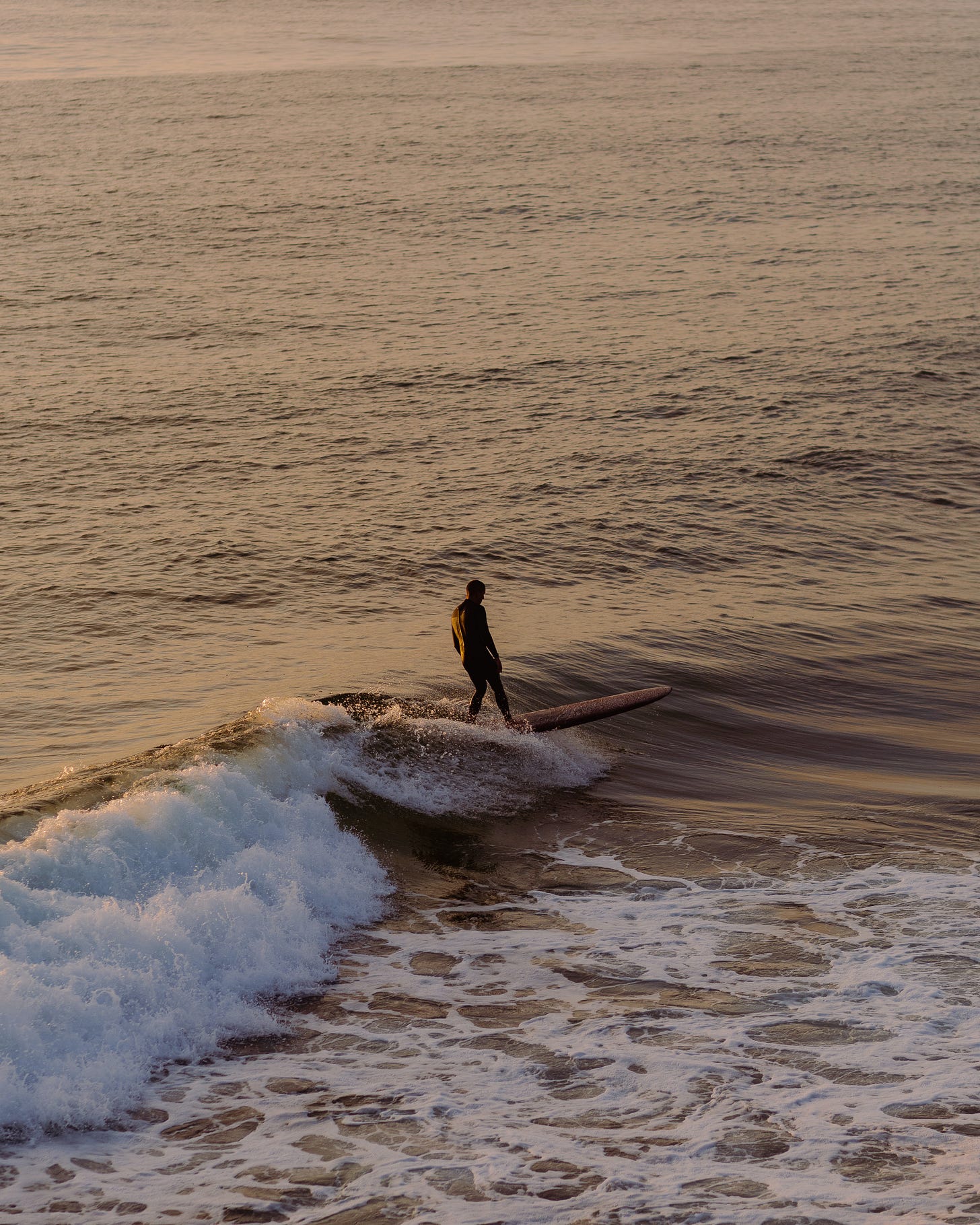Years ago I walked into a surf school in Southern California and asked about applying for a front desk position. I was interested in learning how to surf, so I thought working at this school would be a great start.
“Why don’t you try being an instructor?” The owner asked me. I was confused. How am I supposed to teach surfing if I don’t know how to surf?
He explained to me that first we can learn the basics, and once you learn, it’s about learning how to teach.
It was true, because I had been trying to learn with my then-boyfriend and his medium-sized board for three weeks to no avail. With an instructor and right board, I was quickly catching waves. The basics of surfing are not too difficult, and I believe nearly anyone can catch a wave within the first hour, with the right board, methodology, and pop-up practice.
After teaching in California and Nicaragua, and about three years of becoming somewhat mediocre, I can tell you that it’s honestly one of most challenging sports out there. It requires a great deal of persistence, and also involves learning how to read the water.
Here are my tips for newbies:
Start with a longboard. It took me more than two years to finally catch a wave on a shortboard; it’s incredibly difficult to learn on one. The longer, the better. The foam Wavestorm boards from Costco aren’t the most fun to ride, but are easy to learn and highly recommend starting with something like that.
Learn how to turtle your board effectively so as to not get too exhausted paddling out.
Start by catching whitewater first. This is the wave after it’s broken, and it’s easier to start on.
Paddle hard about 5-10 seconds before the wave hits you, you need momentum to catch it.
Put your hands next to the top of your ribcage and arch you back before standing.
Practice pop-ups on dry land before trying it on the water.
Don’t stand up too straight too soon, keep your knees bent.
You can use your arms to help you balance.
Both feet need to be wide apart and centered on the board.
If you are too far back on the board when you stand, the wave will pass you. If you are too far forward it will nosedive. If you don’t catch it, notice what happened and try to adjust. If you fall off, adjust your stance.
For women, make sure to wear a well-fitted suit, preferably without string ties, or a full-body one, you don’t want to lose your top or bottoms or out there! (Has happened to me!)
This video does a good job explaining the basics:
I also worked at a surf camp in Nicaragua, helping women not only learn the basics but be able to read the waves and catch breaking ones, learning a lot myself in the process. Surf schools and camps can be quite helpful in progressing your skills.


